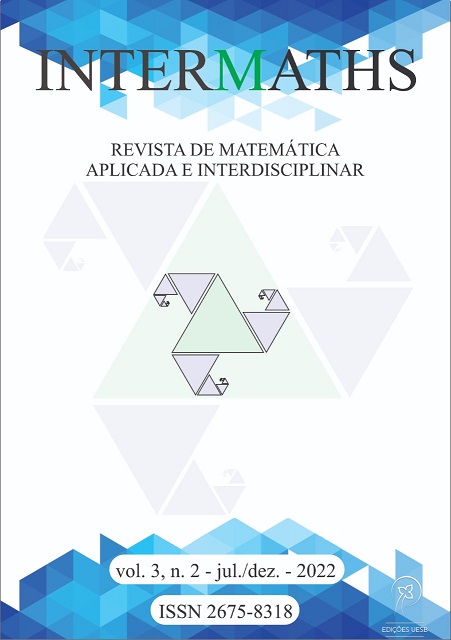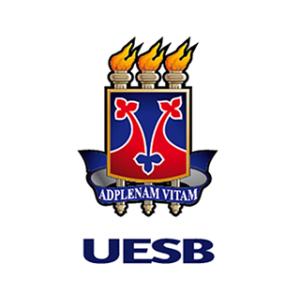A note on Pascal's triangle and division by eleven
DOI:
https://doi.org/10.22481/intermaths.v3i2.11094Keywords:
Pascal's triangle, Divisibility, Palindromes, Stifel's relationship, Binomial theoremAbstract
Divisibility is an old topic that to this day intrigues and fascinates researchers and scholars. Several rules are well-known in particular the divisibility by eleven, since, for example, a palindrome with an even number of digits is divisible by eleven. In current times, divisibility has its applications, for example, in cryptography. Here, in this paper, we will show that applying two somewhat intuitive procedures to the lines of Pascal's triangle shall always yield numbers divisible by eleven. Illustrative examples are presented.
Downloads
Metrics
References
M. Gardner, “Mathematical Games: Tests that show whether a large number can be divided by a number from 2 to 12”, Scientific American, vol. 207, pp. 232 - 246, 1962.
B. Richmond and T. Richmond, A discret transition to advanced mathematics, Pure and Applied Undergraduate Text, American Mathematical Society, vol. 3, 2009.
F. J. Muller, “More on Pascal’s triangle and power of 11”, The Mathematics Teacher, vol. 58, 425 - 428, 1965.
L. Low, “Even more of Pascal’s triangle and power of 11”, The Mathematics Teacher, vol. 59, 461 - 463, 1966.
R. Sivaraman, “Pascal triangle and Pythagorean triples”, International Journal of Engineering Technologies and Management Research, vol. 8, 75 - 80, 2021. https://doi.org/10.29121/ijetmr.v8.i8.2021.1020
R. Merris, Combinatorics, John Wiley & Sons (1996). The pdf of Chapter 1 is made avaliable on the Internet (Accessed on May 24, 2022).
W. D. Wallis and J. C. George, Introduction to Combinatorics, (Discrete Mathematics and its Applications), 2ª ed. Boca Raton: CCR Press – Taylor & Francisc Groups, 2017.
A. W. F. Edwards, The arithmetical triangle, in R. Wilson, and J. J. Watkins (eds), Combinatorics: Ancient and Modern, Oxford University Press, Oxford (2013).
Downloads
Published
How to Cite
Issue
Section
License
Copyright (c) 2022 INTERMATHS

This work is licensed under a Creative Commons Attribution 4.0 International License.
- Responsibility: The scientific content and the opinions expressed in the manuscript are the sole responsibility of the author(s).
- Copyrights: INTERMATHS.
- All content of Revista INTERMATHS/INTERMATHS journal is licensed under a Creative Commons - Atribuição 4.0 Internacional







